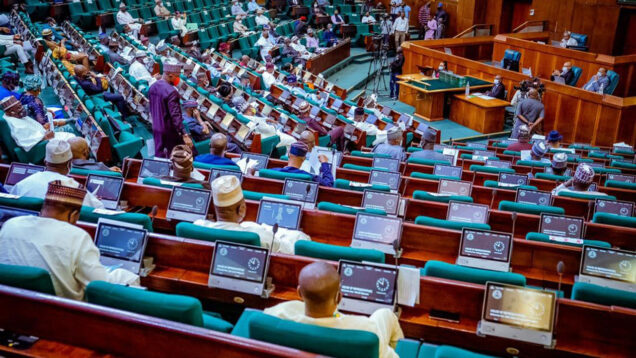The House of Representatives has proposed a constitutional change that would reserve 10% of seats in the National Assembly for women and 5% for persons with disabilities.
According to reports, the proposal would establish 83 more seats for women: 55 in the House of Representatives, boosting its membership from 360 to 415, and 28 in the Senate, increasing the overall number of seats in the National Assembly from 469 to 552.
The plan was announced on Tuesday by House of Representatives Speaker Tajudeen Abbas at the official start of the 2025 National Assembly Open Week and the release of the 10th House Midterm Legislative Scorecard in Abuja.
He stated that the draft amendment intends to incorporate gender and disability quotas into the Constitution and that these reserved seats would be filled by direct elections on separate ballots, allocated by state, to guarantee regional balance.
According to the Speaker, 5% of existing seats will be dedicated for PWDs, with candidates nominated by approved disability advocacy organizations.
According to Abbas, “A central feature of our inclusive governance proposals is the introduction of constitutionally guaranteed reserved seats for women and people with disabilities.” According to the proposed amendment, ten percent (10%) of seats in both the Senate and the House of Representatives would be reserved for women, with allocations determined by state to guarantee regional balance.
Read Also: Ecobank Unveils Customer Value Proposition to Drive a Sustainable Education Ecosystem
“These seats would be filled via direct elections on separate ballots, with staggered periods to encourage continuity and mentorship. Five percent of seats would be dedicated for people with disabilities, with candidates nominated by authorized disability advocacy organizations. Reserved-seat legislators would have the same rights, privileges, and committee assignments as their peers, ensuring their full participation in legislative action.
“When the country gained independence in 1960, women held less than 1% of parliamentary seats. By 1990, it had barely climbed to 2%. In 1999, women accounted for only 3.9% of the House and 4% of the Senate. Despite accounting for half of the population, women’s representation remains unchanged.
The Speaker cited global precedents, such as Rwanda and Senegal, where constitutional quotas increased female representation from less than 5% to more than 30% in a single political cycle.



